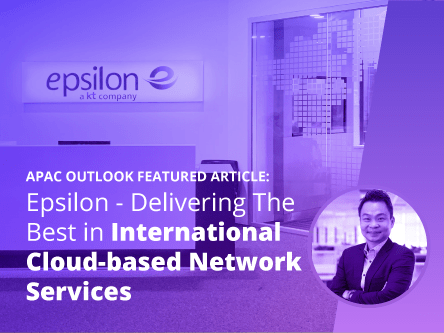In the world of networking, technology partnerships are a mandatory avenue for accelerating innovation and growth. They allow for economies of scale as a buffer for individual organisational constraints and limitations.
We all know the signs of a successful tech partnership. There are benefits from alliance by tapping on each other’s strengths and circumventing constraints to achieve desired business outcomes.
However, because of the fluid nature of business and economic conditions, even successful tech partnerships can be fragile and reach stagnation. Often, this happens when interests diverge or visions change.
When it comes to networking, there is a current divide between partnerships based on traditional models and those based on software-defined models. Organisations seeking alliances should be aware of this divide. In the long term, technological differences in the partnership capabilities and market circumstances can lead to challenges.
Seeking the right foundation
The technological divide in question addresses three aspects: infrastructure, expectations and resilience.
- Infrastructure: This is a toss-up between networking capabilities built on advanced but nevertheless traditional networking, and capabilities built on a virtualised networking platform.
- Traditional networking: Infrastructure can meet partnership requirements, especially when the potential network vendor is fully committed to your current organisational expectations. Usually, partnering such organisations requires a fixed longer-term contract due to the higher cost and risk of maintaining such infrastructures. Such vendors are continually scaling up and modernising to keep up with today’s escalating networking demands. They are being locked into some legacy constraints, be it commercial or technology, and they incur higher costs or even longer turnaround times. Nevertheless, depending on the vendor’s customer excellence vision, the these shortcomings can be mitigated with best-in-class service and commitment to retain customers.
- Platform networking: The network as a service (NaaS) model gives partner a friendly user interface (UI) for buying and managing their services. Partnerships with platform-based network providers do not involve fixed, long-term contracts. Bandwidth and networking parameters can be dynamically changed on demand through a self-service model. This enables partner organisations to take ownership of the network control and visibility. Due to the platform being a dynamic interface to the seamless network fabric, partnership possibilities are expanded beyond traditional networking. For example, the Infiny platform opens up on-demand ethernet services to partners: Data Centre Interconnect, Cloud Connect, Remote Peering and more. They can even white-label the platform as their own to deliver a more seamless service experience for their customers.
- Expectations: Networking partnerships are not always founded on technical requirements alone. Priority can be accorded to existing vendors of other valued partnerships. Varying technical and customer service expectations can help an organisation narrow down its partner selection.
- Tenureship: If an organisation wants to “try out” one or more network vendor for a short term, it will be more open to the idea of working with both traditional and platform-based vendors.
- Scope and scale: If an organisation do not require more than what it thinks it requires now and in the near future, it may be comfortable to stick to traditional vendors for network partnerships. However, where agile scalability is required, it will still need to consider the tradeoffs of partners running traditional networking model, which may not be able to offer what platform partners do.
- Mutual tradeoffs: Aware of their own current technical constraints, traditional network partners mitigate this through pricing strategies and other benefits. Organisations considering such partnerships need to look at the long term and consider returns-on-investments against the risks of such partnerships running into a stalemate. Market conditions could mandate massive changes in network capabilities that traditional vendors may not be able to meet within a short time frame.
- Partnership resilience: Technology vendors of both types have their own strengths and niche capabilities, and they are constantly evolving to narrow the divide. When considering a network service partner, organisations also need to be clear about partnership resilience—factors such as service levels, contract flexibility and customer service support. There may be potential disruptions and delays if tech partnerships run into unforeseen challenges. Organisations need to be clear of not only their current and medium-term network needs, but also a long-term perspective. This will help them decide between traditional network partnership or platform partnerships.
Naturally, given sufficient due diligence, organisations should get off to a good start in meeting ROI during the contract period. This is assuming there are no major global changes in market conditions. However, due to the unpredictability of the current era, organisations that wish to achieve greater-than expected ROI and business resilience to meet any challenge ahead should wean off legacy solutions as soon as possible.







